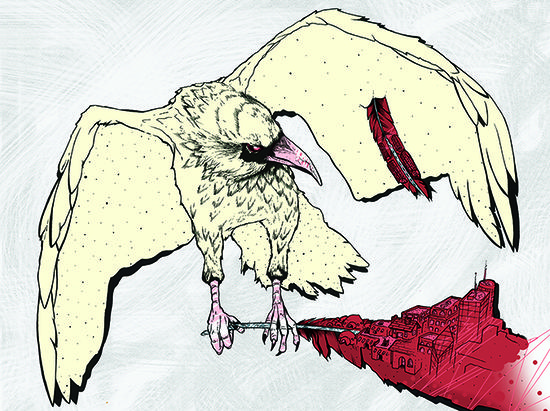SFI Innovation Short Course 2016 - Project Page 2016
From Santa Fe Institute Events Wiki
| Education Event Navigation |
The Unrestricted Creativity Projects are meant to introduce participants into the wonderful world of trans-disciplinary collaboration. Participants will break into small groups of ~5 and work on a question related to innovation and invention. The ideas, which will come from the group, are boundless and can take any form (e.g scientific, artistic, business, technological etc.). There is no pressure to invent the next big thing, this is purely a fun and experimental exercise in creativity. I would like you to choose the discussion topics based on your interests, so have fun with this!
Action Item: If you would like to propose a topic for a project please email juniper@santafe.edu a short (1-2 sentence) description of your question or challenge.
On the afternoon of day one we will break up (based on interest) into groups to work on these ideas.
Project Ideas:
1. Humans are increasingly dependent upon opaque, massive networks and data stores, giving amazing amounts of unchecked power to a small number of people and exposing us to extreme risks. As we continue to upload more and more to these systems, what innovations will prevent the loss of our basic rights under these conditions? - Matthew Scharpnick
2. Working across disciplines and organizational boundaries gives us different ways of viewing things. How can we stimulate innovation, and new levels of performance across distributed networks? - Ricky Utting
3. Substantial resources and effort are expended each year in attempting to transform a new technology into a revenue producing activity. Most are unsuccessful for a variety of reasons. Could this be facilitated by viewing the issue as a problem of emergence and/or complexity? - Jim Baker
4. Shotgun wedding: take three to five meta trends or patterns from the domain of each of the five participants, and marry two from totally different domains, one marriage at a time. Extrapolate and build on the most likely. -Don Gooding
5. Busting the Hubris of the MBA – More and more business leaders are relying upon an academic approach to innovation. Stanford, Harvard…pick your favorite. As confidence grows through the historical perspectives taught through case studies, how do we prepare leaders to humbly embrace the future? - Greg Blythe
6. How should organizations manage and encourage innovation, which is by nature a bottom up process, in a managerial environment or organization structure that is top down. Bottom up insight processes don’t always fit well with managerial practices which tend to be top down and authority driven. This is further complicated in organizations that have a high degree of operational excellence and ability to manage existing projects. How do you introduce beneficial variation into a management process designed to thwart or minimize variation. - Steve Lewis
8. Computing power (Moore's Law), connectedness, data and intelligence are driving digitization and efficiency that challenge business orthodoxies like: asset ownership, production cycles, distribution channels and even human intervention. Less labor means less work, means automation. - Rogelio de los Santos Calderón
9. For tens of thousands of years, Hierarchies (top-down), in one form or another, whether they be governments, organized religion, commercial entities, or others, have been the dominant human social structure. In the past couple of decades, we have seen an accelerating shift towards Networks (peer-to-peer) as influential social structures, in some situations, more powerful than hierarchies. What do each of these do well? Where is this trend going? What implications does this have for the way we innovate and invent? Should innovators think in "network" terms, or "hierarchy?" Or perhaps they need to think in both? - Andrew Tollefson
10. Tech, economics, and social change - Currently, the #1 most common job (by state) is Truck/Delivery Driver, of which the most common demographic is uneducated, white males. Considering the reality of an imminent shift to automated vehicles and deliveries, as well as the recent validation (via a certain presidential campaign) of this increasingly angry demographic, what does this mean for the future of the general public on social, economic, and other levels, and how ought we handle these growing tensions? - Madison Hart

